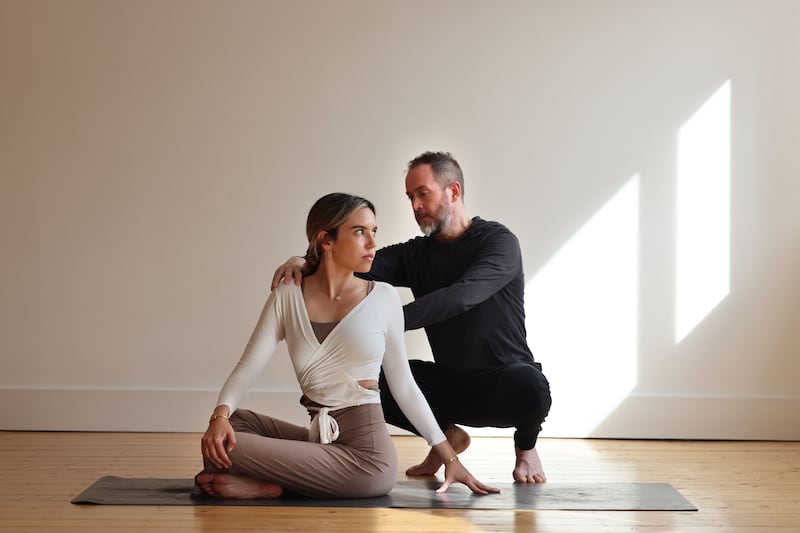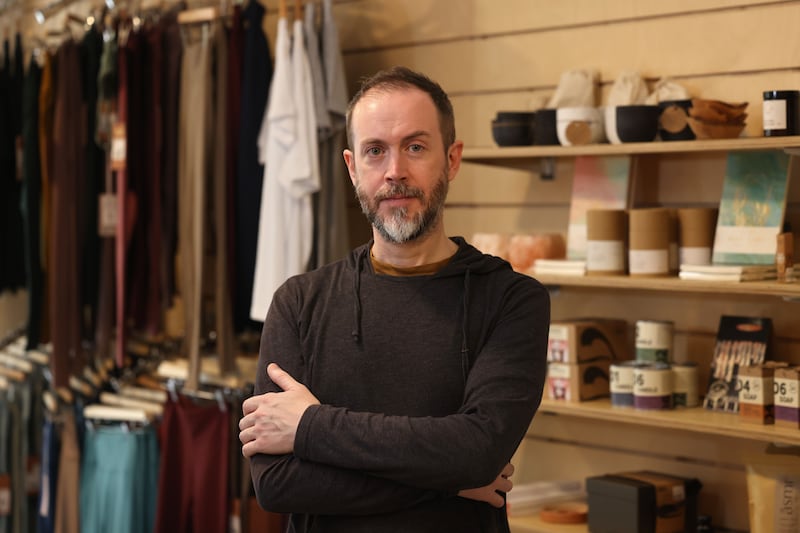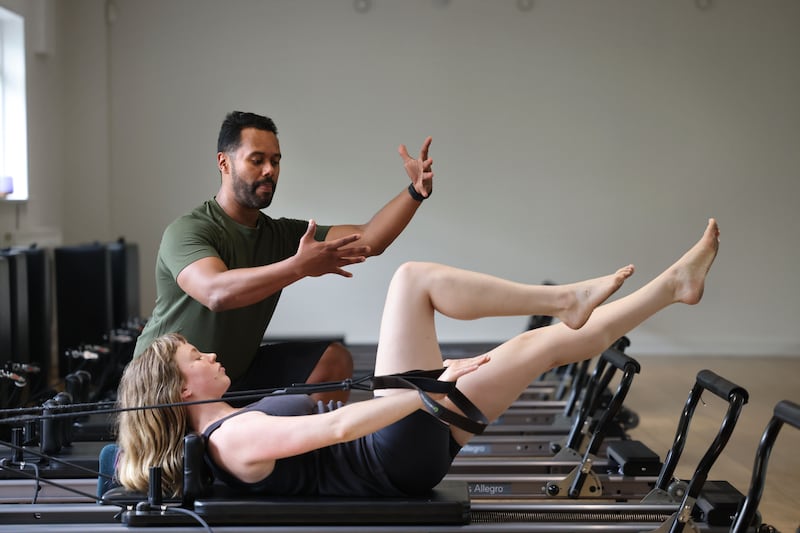When it comes to yoga and pilates, until recently I couldn’t tell one stretchy thing from the other. They can be great for injury prevention and treatment, but is there really much of a difference?
Yoga has always struck me as the meditative one. On a recent trip to Greece, I partook in yoga at dawn – on a paddle-board. It’s a miracle I didn’t fall headfirst into the drink. As I downward-dogged and contemplated how many Greek salads I’d have that day, it brought me a sense of inner peace. On the other hand, my sole experience of pilates was mirroring a 30-minute YouTube tutorial where a woman named Nicole wouldn’t stop bending effortlessly while I groaned all over the livingroom floor.
So yes, there’s a difference.
Yoga is associated with posture-based physical fitness, as well as stress-relief and relaxation. Pilates has many similarities – including precise moves, and a focus on flexibility and breathing – but is also more geared towards strengthening core muscles.
READ MORE
Everybody has little niggles here and there. The ancient Indian spiritual practice of yoga generally involves adopting a position and holding it, whereas pilates – named after the physical trainer and inventor Joseph pilates – challenges your core by moving your arms and legs.
Doctors today are recommending a range of treatments that weren’t previously prescribed for injury prevention and recovery. Yoga and pilates are on that list of activities, since their increase in popularity in recent decades and they can prove beneficial for that creek in the neck and pain in the back.

Rohan Hennessy, a yoga instructor for 23 years, says that, in the last 15 years, doctors and physiotherapists have been prescribing the practice for all sorts of reasons, including musculoskeletal injury prevention and recovery. “That can be a problem,” he says at Yogahub on Camden Street, Dublin, where he works. “If doctors are familiar with yoga and they refer a patient to a specific teacher, that’s great. But if they just have a generic idea of yoga, that can be a problem.”
A smell of diffusers fills the yoga studio, and visitors are greeted with calming folk music you might hear on the likes of Spirit Radio. Very on brand. “Find a yoga class that is relatively accessible and gentle,” Hennessy says, giving advice for those recovering from an injury.
“I wouldn’t go straight into an Ashtanga class, or power yoga. I would look for something that’s more low-key, like a hatha yoga. These are all completely different styles.

“You’ll have doctors referring their patients to a ‘yoga class’ because they think that yoga might be good for a certain injury, but they could go to a class which could be a bit too strong and actually detrimental.
“So, before someone comes to yoga, I would recommend getting in touch with the studio and talk about what their injury or condition is, and asking what specific class would suit them. If they can find that class and teacher, then yoga could be greatly beneficial.
“A lot of the time people have back or neck problems. That can be from specific accidents, but a lot of the time it’s just from basic posture. If you have a desk job, that can lead to problems in the neck because if the upper back [curves outwards], then the neck will concave. So we end up with discomfort.”
What about pilates?
Roman Barahona, a pilates instructor at Yogahub, says there is research suggesting it can keep you living healthy for longer. Since moving to Ireland from Venezuela 10 years ago, he has worked as an instructor, and often works with people who have been referred by their physiotherapist for injury recovery.
“Pilates specialises in improving co-ordination, strength and mobility,” Barahona says beside a line of reformer pilates machines (if you’re like me, they are the fancy-looking benches with springs you’ve been too scared to touch).

“Not only does it develop muscles, it helps as well to prevent injuries by increasing bone, joint and ligament strength. Some researchers say that when you increase your strength and muscular mass, it prevents osteoporosis.”
Barahona also says it is important to educate people on how not to develop an injury in the future, such as avoiding a neck injury due to bad posture.
[ ‘Pilates made me more aware of how my body works’Opens in new window ]
“A lot of runners get injuries on their knees and they don’t know why this is happening. They have a lack of mobility, so we [explain] that when you’re only running, you’re only doing one kind of exercise and forgetting about strength and mobility, so pilates can help with that.”
If your doctor has recommended yoga or pilates, or you’d like to improve you physical and mental wellbeing, it’s no harm giving it a go – so long as you approach it sensibly.

















